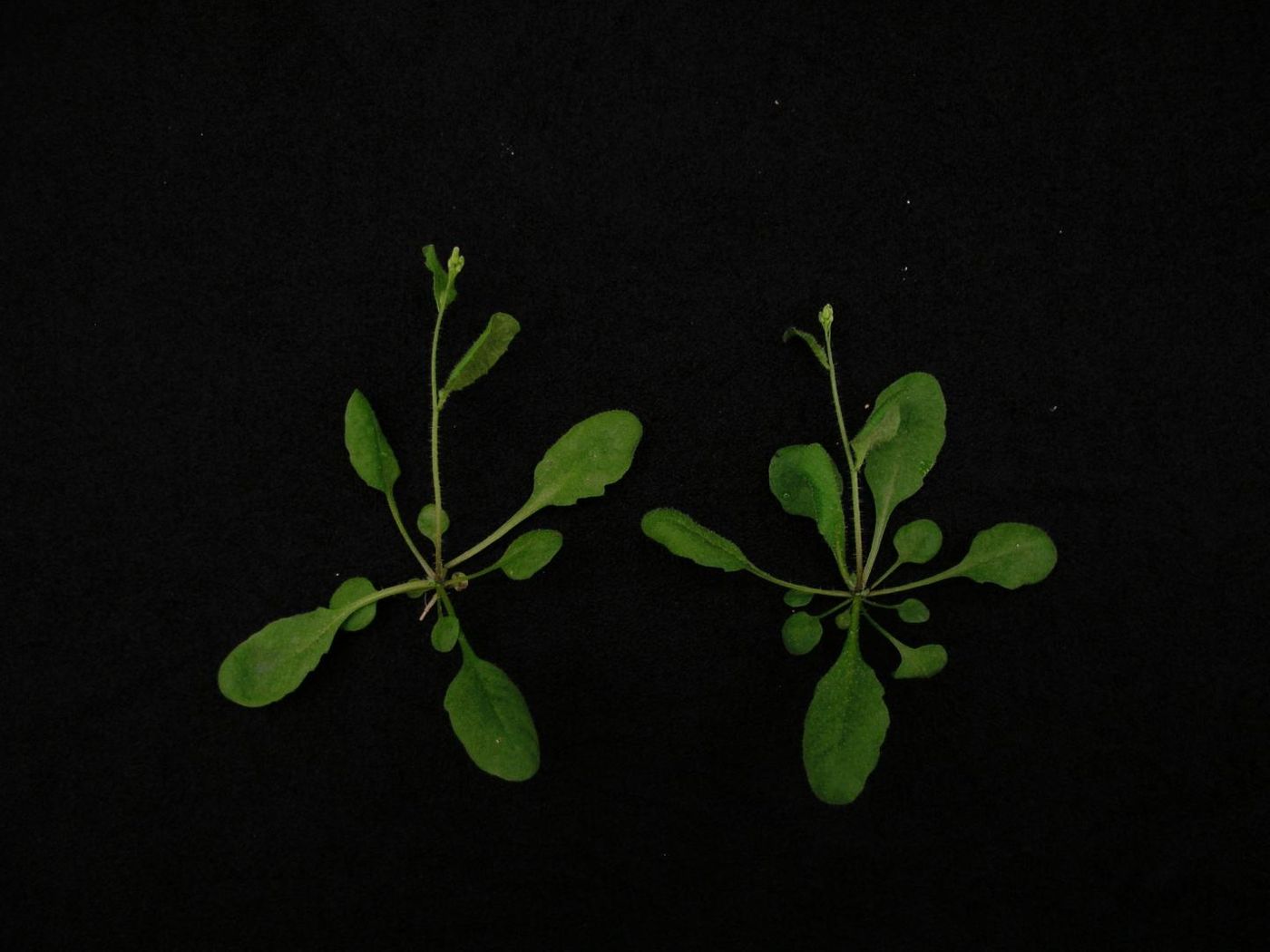Towards More Efficient Plant Engineering with CRISPR-Cas9 Gene Drive
Many people in the world don't have access to enough food. And while some animals and humans might find ways to adapt to our changing environment, we'll also have to be sure that we can still grow enough food to feed everyone, especially as the population continues to grow. Researchers have now used the CRISPR-Cas9 gene editing technology and combined it with the power of gene drive. This technoogy might eventually be used to engineer more resilient or productive plants.
Gene drive is a process in which the inheritance of certain genes is promoted. In a population, the same gene may have many small variations from one individual to the next. Nature already demonstrates a preference for certain versions of some genes over others, leading some versions to become more common in populations. Researchers have already been able to use gene drive with CRISPR-Cas9 to engineer insects (as described in the video below); now the tool has been applied to plants. The research has been reported in Nature Communications.
"This work defies the genetic constraints of sexual reproduction that an offspring inherits 50 percent of their genetic materials from each parent," said Professor Yunde Zhao, a member of the Division of Biological Sciences' Section of Cell and Developmental Biology at the University of California San Diego (UCSD). "This work enables inheritance of both copies of the desired genes from only a single parent. The findings can greatly reduce the generations needed for plant breeding."
Plant cells don't have an efficient process of homology-directed repair (HDR), which CRISPR takes advantage of - HDR swings into action when a cut is made in the genome, like when the genome-cutting Cas9 enzyme is at work, in mammalian cells. Plants tend to use another cellular mechanism called non-homologous end joining (NHEJ) to repair breaks in the genome. The researchers were able to promote efficient HDR by using plants that were engineered to express Cas9 (under the control of a promotor) at certain stages. This strategy improved HDR efficiency in Arabidopsis plants, and showed that traits can be cut or copied into the plant's genome.
It's been time consuming and difficult to create plants that are more resilient to drought and heat. The scientists suggested that this research may make the process easier and faster.
"I am delighted that this gene drive success, now achieved by scientists affiliated with TIGS in plants, extends the generality of this work previously demonstrated at UC San Diego, to be applicable in insects and mammals," said Suresh Subramani, Global Director of the Tata Institute for Genetics and Society (TIGS) at UC San Diego. "This advance will revolutionize plant and crop breeding and help address the global food security problem."
Sources: AAAS/Eurekalert! via UCSD, Nature Communications









